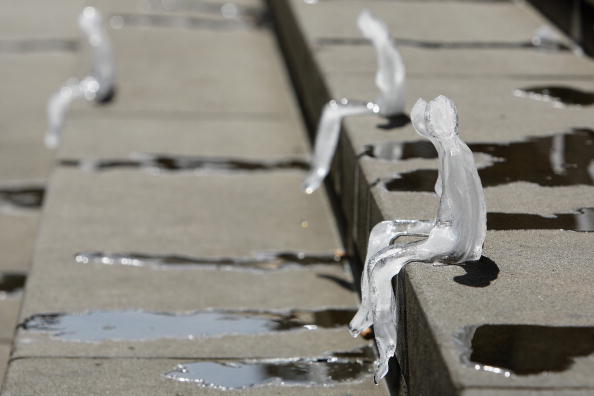This latest heatwave in Los Angeles should have a name. We name hurricanes and wildfires. Why not heat waves? If we gave heatwaves names, it’d help us remember this current weather disaster—and perhaps accelerate us into taking action to curtail the heat problem.
We’re not in fact powerless against heat waves, even though it may seem that way.
There are tangible steps we can take to reduce heat in LA’s hottest neighborhoods.
- First and most important, we can plant more trees. Trees that cast shade on homes are best.
- Second, we can install cool roofs and cool walls on our homes—and these products should ultimately achieve a solar reflectance value of at least 33%. (Afterall, the earth’s average solar reflectance is 33%—so we should exceed that.)
- Cities can construct cool streets utilizing a titanium-oxide slurry or high-albedo pigment or low-carbon concrete.
- Municipalities, private businesses, and school districts can convert their asphalt-laden parking lots and playgrounds into livable spaces.
- In plazas and along busy streets, cities can erect giant umbrellas and shade-sails.
- Cities can build bus stops that actually provide shade and provide water.
- Cities can plant more grass (the drought-resistant variety) in open fields and water those fields of grass with recycled water.
- Cities can construct attractive water features, such as artificial lakes, wading pools, and decorative fountains in public spaces
- Cities should fix our dilapidated water fountains and build new hydration stations.
- Cities can create resilience hubs, where nonprofits help communities in times of need.
And let’s stop doing those dumb things that make our city hotter. (Or, as the experts/wonks say, stop being ‘maladaptive’.)
We need to immediately stop paving with dark asphalt. It’s as if Public Works agencies were making a Twilight Zone episode called “How to Cook an Angeleno.”
We must stop using artificial turf, a petroleum product that emits even more heat than asphalt.
Insurance companies need to stop pretending climate change doesn’t exist. We need to start pricing risk according to our new normal.
We need to address the root cause behind hotter temperatures, by halting the emission of greenhouse gases.
Will these efforts work? Climate Resolve recently partnered on a study that says yes.
Rx for Hot Cities; Climate Resilience Through Urban Greening and Cooling in Los Angeles, written by TreePeople’s Edith de Guzman and researchers at University of Miami, Arizona State University and UCLA Fielding School of Public Health found that an integrated program of urban greening and cool surfaces could lower the ambient temperature up to 7°F and reduce deaths during heat waves by 10-30%. If implemented across Los Angeles, climate induced warming could be delayed 20-60 years.
We can get in front of the climate crisis. Let’s start now.




